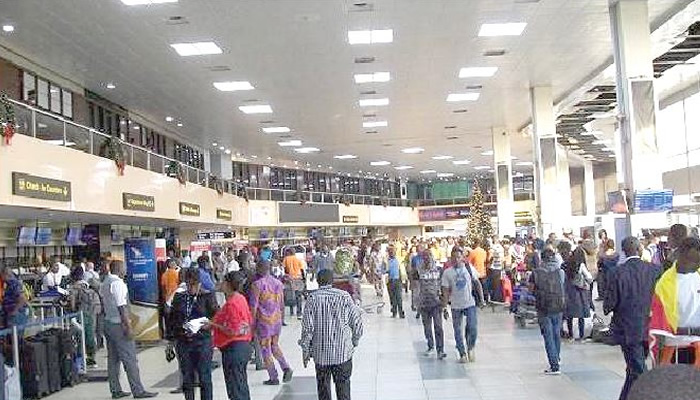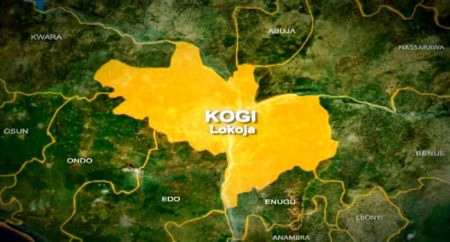Iceland, a Nordic island nation known for its stunning landscapes and social welfare system, has seen a fluctuating influx of asylum seekers from Nigeria in recent years. From 2020 to May 2024, the Icelandic Directorate of Immigration (Útlendingastofnun) received 331 applications from Nigerian nationals seeking refuge or humanitarian protection. The numbers reveal a dynamic pattern, influenced by global events such as the COVID-19 pandemic, shifts in international migration routes, and evolving asylum policies both within Iceland and across Europe. The data paints a picture of individuals seeking a better life amidst challenging circumstances, both in their home country and in navigating the complex landscape of international asylum procedures.
A closer examination of the yearly figures reveals a story of peaks and troughs in Nigerian applications. In the pandemic year of 2020, 37 applications were filed, followed by 50 in 2021 and 67 in 2022. The post-pandemic period saw a significant surge, with 125 applications submitted in 2023. This increase might be attributed to the easing of travel restrictions and a tightening of visa regimes in other countries, potentially diverting migration flows towards Iceland. However, the first five months of 2024 witnessed a significant drop to just 52 applications. This decline coincided with the implementation of a new credibility screening regime in February, mirroring Sweden’s stricter interview processes, which suggests a potential correlation between stricter policies and reduced application numbers.
The Directorate of Immigration’s handling of these applications sheds light on the complexities of the asylum process. While a small number of Nigerians were granted refugee status based on the 1951 Refugee Convention, a larger proportion received humanitarian leave. This form of protection offers a more temporary solution, valid for one year at a time, compared to the more permanent status afforded by full refugee recognition. A striking pattern emerges in the data: a substantial portion of applications were closed administratively, primarily due to the Dublin Regulation. This EU mechanism allows member states to transfer asylum seekers to the first Schengen country they entered, often placing the responsibility on countries at the external borders of the EU.
The application of the Dublin Regulation in the context of Nigerian asylum seekers in Iceland emphasizes the interconnectedness of European asylum systems and the challenges faced by smaller nations. Iceland, handling approximately 1,500 asylum claims annually, can experience strain on its resources with even relatively small increases in applications. The increased reliance on the Dublin Regulation suggests a strategy to manage this strain, but also raises questions about the fairness and efficacy of shifting responsibility to other European nations. This reliance on administrative closures, rather than substantive assessments of individual claims, highlights the practical challenges faced by smaller states within the larger framework of EU asylum policy.
Beyond the statistical analysis, the human element of this migration story emerges. The primary motivation for many Nigerian applicants appears to be economic hardship, fueling the “Japa” phenomenon – a Nigerian slang term for emigration in search of better opportunities. The challenging economic climate in Nigeria pushes individuals to seek refuge, often through irregular migration routes, highlighting the desperation driving these journeys. While the pursuit of economic betterment is a powerful motivator, it does not automatically qualify individuals for refugee status under international law, which focuses on persecution based on specific grounds. This discrepancy creates a complex dilemma for asylum systems, balancing humanitarian considerations with legal frameworks designed for a different era of migration.
Furthermore, the context of Iceland’s asylum system provides additional layers of understanding. Despite the relatively small number of Nigerian applications compared to other nationalities, they have still contributed to the strain on Iceland’s social services. In late 2023, the government sought emergency funds to address accommodation shortages, with Nigerians representing a significant portion of those requiring housing. This illustrates the practical challenges faced by even well-resourced nations in accommodating unexpected influxes of asylum seekers. The situation highlights the need for ongoing adaptation and resource allocation to meet the needs of those seeking protection, while also balancing budgetary constraints. The data also reveals that while Nigerians represent a notable group among West African asylum seekers, they are still outnumbered by applicants from other African nations like Somalia and Eritrea, who benefit from larger established diasporas and higher grant rates.













